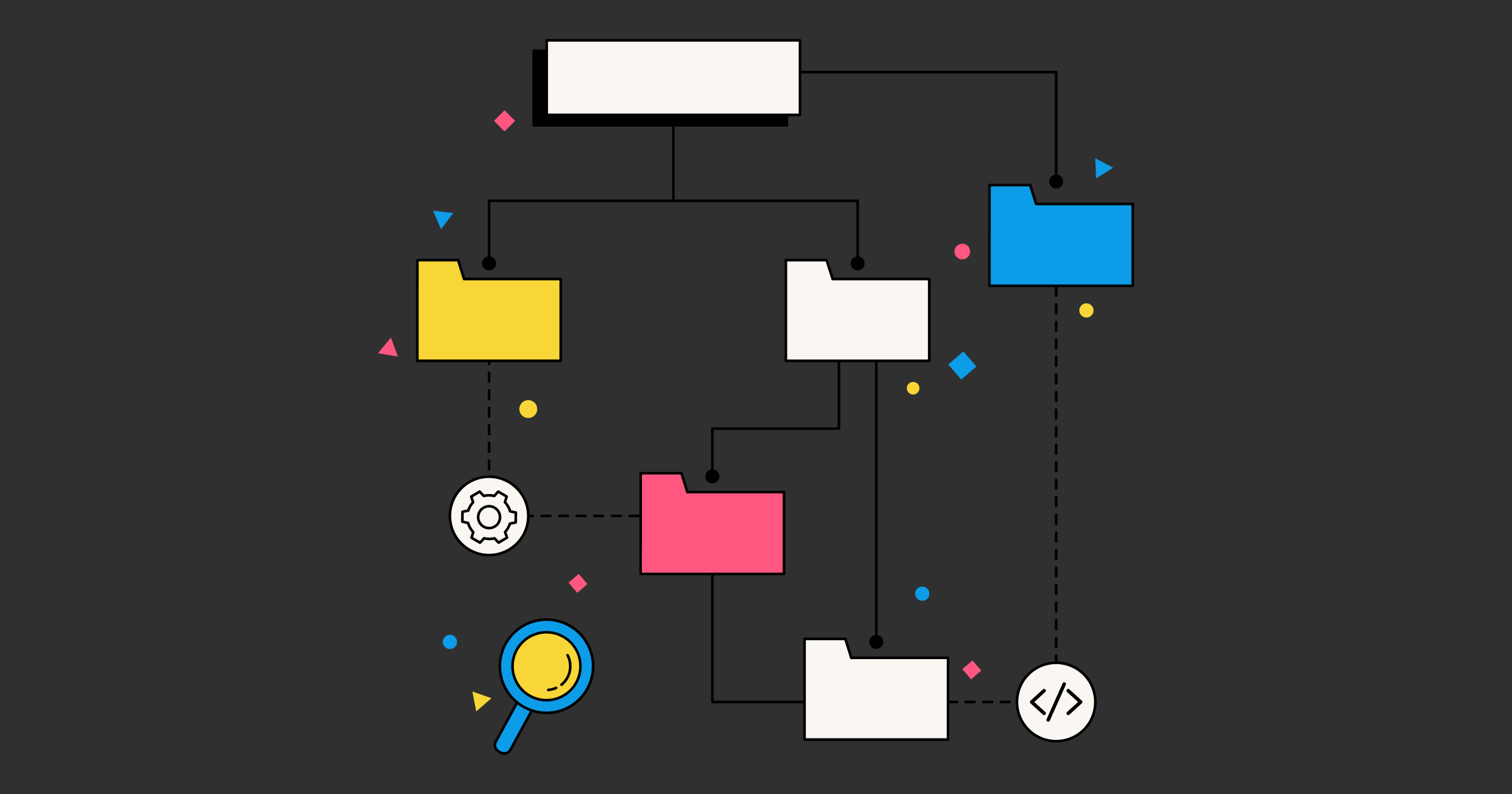Growth Loops

Product growth loops are essentially self-sustaining mechanisms where the actions of users directly contribute to the product's growth. This is usually a sequence of events starting from a user discovering the product, to them getting value from it, to finally sharing it with others, which then brings in new users.
Growth loops are not replacements for quality products and experiences. At the end of the day, no amount of encouraged sharing or affiliate rewards can make up for a great experience. Growth loops work best when the product can stand on its own feet in terms of quality.
Let’s look at a practical example of a growth loop in zap.stream:
- User discovers zap.stream and starts streaming
- Streamer shares their stream with their audience via social network share or a broadcast to nostr relays
- People see the link and follow to watch the stream.
- Zap.stream invites viewers to start their own stream (hopefully free for starters)
Here we follow a classic growth loop pattern:
- Input - user sign up
- Activation - user starts streaming and broadcasts to their audience
- Action - Audience engages with the stream and the host
- Output - Audience sees a prominent call to action to start their own stream (and earn sats?)
While this is a simple example where you obviously need to share your stream to invite an audience, it does a good job of demonstrating the required step to pull an audience to the client. This can be used as a growth method to broadcast outside the nostr network, and eventually as a way to tap into an existing audience.
As founders and designers, we should always be thinking about ways to have our products can help market themselves in a self-sustained loop.
Let’s explore additional methods a platform like zap.stream could bring new users and incentivize further sharing from the new user base:
- A share button to share the stream link to outside platforms or to broadcast to nostr. The broadcast could contain a referral link to encourage people to start and earn on their own streams.
- A double-sided referral system - where for every new streamer who uses our referral code, the referrer earns streaming credits and gifts some credits to the person signing up.
- A follow system where every time a streamer starts their stream, their followers are automatically notified without having to be broadcasted to. This could even be combined with email notifications or push notifications.
- A standard affiliate system where for every new streamer who accomplishes X, the referring user earns money.
- Achievements which celebrate various milestones for example, zaps or number of viewers or followers. Every time a user achieves something, they could broadcast it to nostr or outside of nostr with their own free giveaways via streaming credit and or sats.
- A new streamer onboarding flow where the streamer is encouraged to set up a wallet and host their first stream. Upon finishing, allow accomplishments to be shared with one click to the streamer’s internal or external network.
- An additional follow system outside of the nostr follow, where if you follow anyone on the client, you automatically see when they join a new stream (similar to how Steam shows friends playing games to encourage you to join theirs).
- Educational streams - the client could create an incentive system that asks streamers to produce educational content on how others can set up their own stream and why they should. Combine with rewards, achievements or double-sided referrals.
- Watch rewards - the more watch time the client user accumulates, the more incentives they unlock.
- Recommended streams - the client could recommend the types of streams the new user should create based on popular streamed content. For example, if a new game comes out but zap.stream has no content for this game, the client could recommend to stream it for maximizing audiences and rewards.
- SEO loops via recordings - zap.stream could enable easier recording storing for users which would then benefit via automated transcription and video SEO, bringing users from outside of the nostr ecosystem.
More growth loops examples
Dropbox
Dropbox grew seemingly overnight with a powerful referral system:
Users were presented an opportunity to invite others via email address or referral link. For every invite who accepted and created an account, the referrer would earn 500MB of extra space. When the user accepted there would be a visual confirmation of how much extra space was earned. New users would join via referral (often feeling special as it came from someone they know), and would repeat the process for themselves and their friends - inviting more people to unlock extra space.
Airbnb
Airbnb had a few growth loops working for them:
- Referral loop - airbnb offered double-sided referrals to friends who joined via a referral link, and to the person doing the referring. The friend could redeem the credit on their first booking, however, the referrer could only apply the credit to their next booking.
- Product loop - Users who book a stay or experience are prompted to become a host and to earn on the platform. This encouraged further sharing with those new users’ network.